Home>Furniture & Design>Interior Design Trends>Why Does Glass Break When Heated


Interior Design Trends
Why Does Glass Break When Heated
Modified: February 18, 2024
Discover the science behind why glass breaks when heated and stay updated on the latest interior design trends. Explore the impact of temperature on glass and find inspiration for your interior design projects.
(Many of the links in this article redirect to a specific reviewed product. Your purchase of these products through affiliate links helps to generate commission for Storables.com, at no extra cost. Learn more)
Introduction
Glass is a material that has been an integral part of human civilization for centuries, serving as a versatile and essential component in various applications, from architecture to household items. Its transparent and durable nature makes it a popular choice for windows, containers, and decorative elements. However, have you ever wondered why glass tends to break when exposed to heat? The phenomenon of glass breakage due to heating is a fascinating yet complex subject that involves the intricate properties of this ubiquitous material.
In this article, we will delve into the science behind the behavior of glass when subjected to heat, exploring the structural composition of glass, the effects of heat on its molecular arrangement, and the factors that contribute to thermal stress and subsequent breakage. By gaining a deeper understanding of these mechanisms, we can unravel the mystery of why glass succumbs to heat and explore practical measures to prevent such occurrences. Let's embark on a captivating journey into the world of glass and its intriguing response to temperature changes.
Key Takeaways:
- Glass breaks when heated due to internal stress from uneven heating, sudden temperature changes, flaws, and material incompatibility. Prevent breakage by ensuring even heating, gradual cooling, proper support, and regular inspection.
- Understanding the behavior of glass when heated empowers us to prevent breakage. By respecting thermal limits, ensuring material compatibility, and implementing proactive measures, we can preserve the resilience and longevity of glass structures.
Read more: Why Does Glass Break With Sound
The Structure of Glass
Glass, often perceived as a solid material, possesses a unique atomic structure that sets it apart from crystalline solids. Unlike typical solids with an orderly arrangement of atoms in a repeating pattern, glass exhibits an amorphous structure, lacking the long-range order found in crystals. This distinctive feature contributes to its transparency and the ability to be shaped into various forms.
At the atomic level, glass is primarily composed of silicon dioxide (SiO2), which forms a network of interconnected tetrahedra. These tetrahedra consist of a silicon atom at the center bonded to four oxygen atoms at the corners, creating a three-dimensional framework. This network structure gives glass its characteristic rigidity while allowing for the movement of atoms over time, a property known as "flow" or "creep."
The absence of a regular crystalline lattice in glass results in a lack of definite melting point, unlike crystalline solids that transition from solid to liquid at a specific temperature. Instead, glass softens gradually over a range of temperatures, eventually turning into a viscous liquid when heated sufficiently. This behavior is attributed to the disordered arrangement of atoms in glass, which allows them to move and flow past each other without the constraint of fixed positions.
Furthermore, the amorphous nature of glass contributes to its isotropic properties, meaning that it exhibits uniform physical and mechanical characteristics in all directions. This isotropy enables glass to transmit light evenly and maintain consistent strength throughout its structure, making it an ideal material for optical applications and structural components.
In summary, the structure of glass is defined by its non-crystalline arrangement of atoms, primarily consisting of interconnected silicon dioxide tetrahedra. This unique atomic configuration imparts glass with its distinct properties, including transparency, gradual softening when heated, and isotropic behavior. Understanding the structural intricacies of glass lays the foundation for comprehending its response to thermal stimuli and the mechanisms underlying its susceptibility to breakage when exposed to heat.
The Effect of Heat on Glass
When glass is subjected to heat, it undergoes a series of transformative processes that stem from the fundamental nature of its atomic structure. The impact of heat on glass is a complex interplay of molecular dynamics, resulting in observable changes in its physical and mechanical properties.
As heat is applied to glass, the absorbed energy initiates the vibration and movement of its constituent atoms. This thermal energy disrupts the equilibrium of the atomic network, causing the atoms to oscillate with greater amplitude. In response to this increased vibrational energy, the interconnected tetrahedral structure of glass experiences a gradual transition from a rigid state to a more flexible and malleable state. This phenomenon is known as the glass transition, wherein the glassy material begins to behave like a supercooled liquid, albeit at a very slow rate.
The effect of heat on glass is further manifested in its optical behavior. As the temperature rises, the density of the glass decreases due to the expansion of the atomic lattice. This expansion leads to a reduction in the refractive index of the glass, altering its optical properties and causing light to travel through it at a different speed. Consequently, the transparency and optical clarity of the glass may be compromised, resulting in visual distortions and changes in light transmission.
Moreover, the thermal expansion of glass under heat-induced conditions introduces internal stresses within the material. Variations in temperature across different regions of the glass structure lead to uneven expansion and contraction, generating internal strains that can compromise its mechanical integrity. These thermal stresses, coupled with the altered molecular mobility of the glass, contribute to its susceptibility to fracture and breakage when exposed to thermal gradients.
In summary, the effect of heat on glass encompasses a spectrum of phenomena, including the glass transition, alterations in optical properties, and the generation of internal stresses. These intricate processes underscore the dynamic nature of glass when confronted with thermal stimuli, shedding light on the underlying mechanisms that govern its response to heat and its propensity for breakage under such conditions.
Thermal Stress and Glass Breakage
When glass is subjected to variations in temperature, it undergoes thermal expansion or contraction, leading to the development of internal stresses within its structure. This phenomenon, known as thermal stress, arises from the differential expansion rates experienced by various parts of the glass material. As temperature disparities occur, certain regions of the glass may expand or contract at different rates, creating internal strains that can ultimately result in breakage.
The manifestation of thermal stress in glass is influenced by its inherent properties, including its coefficient of thermal expansion and the distribution of temperature gradients. The coefficient of thermal expansion denotes the extent to which a material expands or contracts in response to changes in temperature. Glass, characterized by a relatively low coefficient of thermal expansion compared to metals and other materials, is susceptible to the buildup of significant internal stresses when exposed to rapid or uneven heating.
Furthermore, the distribution of temperature gradients across the surface of the glass plays a pivotal role in determining the magnitude of thermal stress. Variations in temperature, whether induced by external heat sources or environmental conditions, can lead to localized thermal differentials within the glass, exacerbating the development of internal strains.
The accumulation of thermal stress within the glass material can reach a critical threshold, beyond which the structural integrity of the glass becomes compromised. This critical point, known as the fracture strength, represents the maximum stress that the glass can withstand before experiencing catastrophic failure. When the internal stresses exceed the fracture strength, the glass succumbs to fracture, leading to the characteristic breakage observed in heated glass.
The interplay of thermal stress and glass breakage underscores the intricate relationship between temperature differentials and the mechanical response of glass. Understanding the mechanisms of thermal stress provides valuable insights into the conditions that precipitate glass breakage when subjected to heat, highlighting the importance of mitigating thermal differentials and managing internal stresses to preserve the integrity of glass structures.
In essence, thermal stress serves as a pivotal factor in the susceptibility of glass to breakage when exposed to heat, emphasizing the need for proactive measures to mitigate internal strains and minimize the risk of thermal fracture.
When glass is heated, it expands. If the heat is not evenly distributed, the uneven expansion can cause stress and lead to the glass breaking. To prevent this, heat glass slowly and evenly.
Common Causes of Glass Breakage When Heated
-
Uneven Heating: One of the primary causes of glass breakage when heated is the application of uneven heat distribution. When a glass object is exposed to varying temperatures across its surface, especially in localized areas, thermal stress accumulates due to differential expansion and contraction. This can lead to the development of internal strains, ultimately resulting in the fracture of the glass.
-
Sudden Temperature Changes: Rapid and drastic changes in temperature can induce thermal shock in glass, causing it to break. For instance, placing a cold glass dish directly onto a hot stovetop or subjecting a warm glass object to cold water can create sudden temperature differentials, leading to the formation of internal stresses and subsequent breakage.
-
Inadequate Edge Support: Glass objects that lack proper edge support or are unevenly supported during heating are prone to breakage. Uneven distribution of weight or pressure on the edges of the glass can exacerbate the effects of thermal stress, increasing the likelihood of fracture along the unsupported regions.
-
Flaws and Imperfections: Pre-existing flaws, such as microcracks, chips, or surface defects, significantly weaken the structural integrity of glass. When subjected to heat, these flaws serve as focal points for the concentration of thermal stress, making the glass more susceptible to breakage. Additionally, the presence of impurities or inclusions within the glass can contribute to localized stress concentrations, further compromising its resistance to thermal shock.
-
High-Expansion Materials in Contact: Glass objects in contact with high-expansion materials, such as certain metals or ceramics, during heating can experience stress due to the mismatch in thermal expansion coefficients. The differential expansion rates between the glass and the adjacent materials can induce significant internal strains, leading to breakage at the interface.
-
Overheating: Subjecting glass to excessively high temperatures beyond its thermal limits can lead to softening and deformation, ultimately culminating in breakage. Overheating can cause the glass to lose its structural integrity, becoming more susceptible to the effects of thermal stress and mechanical failure.
Understanding these common causes of glass breakage when heated is essential for implementing preventive measures and handling glass objects with care to minimize the risk of thermal fracture. By addressing these factors, individuals can safeguard glass structures and products, ensuring their longevity and resilience in the face of thermal challenges.
Read more: Why Does Ceramic Break Glass
Preventing Glass Breakage When Heated
Preventing glass breakage when exposed to heat encompasses a proactive approach aimed at mitigating thermal stress and minimizing the risk of fracture. By implementing preventive measures and adhering to best practices, individuals can safeguard glass structures and products, ensuring their resilience in the face of thermal challenges.
-
Even Heating: Ensuring uniform heat distribution when heating glass objects is crucial in minimizing thermal differentials and the associated internal stresses. Utilizing heat-resistant materials, such as ceramic or specialized glass cookware, and employing gradual heating methods can help distribute thermal energy evenly, reducing the likelihood of breakage.
-
Gradual Cooling: After exposure to heat, allowing glass objects to cool gradually can mitigate the effects of thermal shock. Avoiding abrupt temperature changes, such as placing hot glass items on cold surfaces or immersing them in cold liquids, can prevent the development of internal strains and potential fracture.
-
Proper Support: Providing adequate support for glass objects, especially along the edges, during heating and cooling processes is essential for minimizing stress concentrations. Utilizing appropriate handling and support mechanisms, such as coasters, trivets, or heat-resistant pads, can help distribute weight and pressure evenly, reducing the risk of breakage.
-
Regular Inspection: Periodically inspecting glass objects for flaws, chips, or surface imperfections can aid in identifying potential weak points that may contribute to breakage when exposed to heat. Addressing and repairing such defects can enhance the structural integrity of the glass, reducing its susceptibility to thermal stress.
-
Material Compatibility: When heating glass in conjunction with other materials, ensuring compatibility in terms of thermal expansion coefficients is crucial. Selecting complementary materials with similar expansion rates or utilizing insulating layers can minimize the development of internal strains at material interfaces, reducing the risk of breakage.
-
Adherence to Thermal Limits: Respecting the thermal limits of glass products and structures is paramount in preventing overheating-induced breakage. Adhering to recommended temperature ranges and avoiding prolonged exposure to extreme heat can preserve the integrity of the glass, minimizing the effects of thermal stress.
By incorporating these preventive measures into everyday practices and handling of glass objects, individuals can significantly reduce the likelihood of glass breakage when exposed to heat. Proactive measures aimed at mitigating thermal stress and promoting careful handling contribute to the longevity and durability of glass structures and products, ensuring their resilience in the face of thermal challenges.
Conclusion
In conclusion, the behavior of glass when exposed to heat is a multifaceted interplay of molecular dynamics, thermal stress, and structural integrity. The amorphous nature of glass, characterized by its interconnected silicon dioxide network, renders it susceptible to the effects of thermal expansion, internal strains, and eventual breakage when subjected to temperature differentials. The phenomenon of glass breakage when heated is influenced by various factors, including uneven heating, sudden temperature changes, inadequate edge support, pre-existing flaws, material compatibility, and overheating, all of which contribute to the development of internal stresses and the eventual fracture of the glass.
Understanding the underlying mechanisms of glass breakage when heated provides valuable insights into the preventive measures and best practices that can be employed to mitigate thermal stress and minimize the risk of fracture. By ensuring even heating, gradual cooling, proper support, regular inspection, material compatibility, and adherence to thermal limits, individuals can safeguard glass structures and products, preserving their resilience in the face of thermal challenges.
It is essential to recognize the significance of proactive measures in handling and heating glass objects, as well as the importance of identifying and addressing potential weak points, such as flaws and imperfections, to enhance the structural integrity of glass. By incorporating these preventive measures into everyday practices, individuals can significantly reduce the likelihood of glass breakage when exposed to heat, ensuring the longevity and durability of glass structures and products.
Ultimately, the comprehensive understanding of the behavior of glass when heated empowers individuals to make informed decisions regarding the handling, heating, and maintenance of glass objects, fostering a culture of care and preservation. By embracing a proactive approach and implementing preventive measures, the resilience and longevity of glass can be upheld, enriching the experiences and applications of this versatile and indispensable material in various facets of human life.
Frequently Asked Questions about Why Does Glass Break When Heated
Was this page helpful?
At Storables.com, we guarantee accurate and reliable information. Our content, validated by Expert Board Contributors, is crafted following stringent Editorial Policies. We're committed to providing you with well-researched, expert-backed insights for all your informational needs.
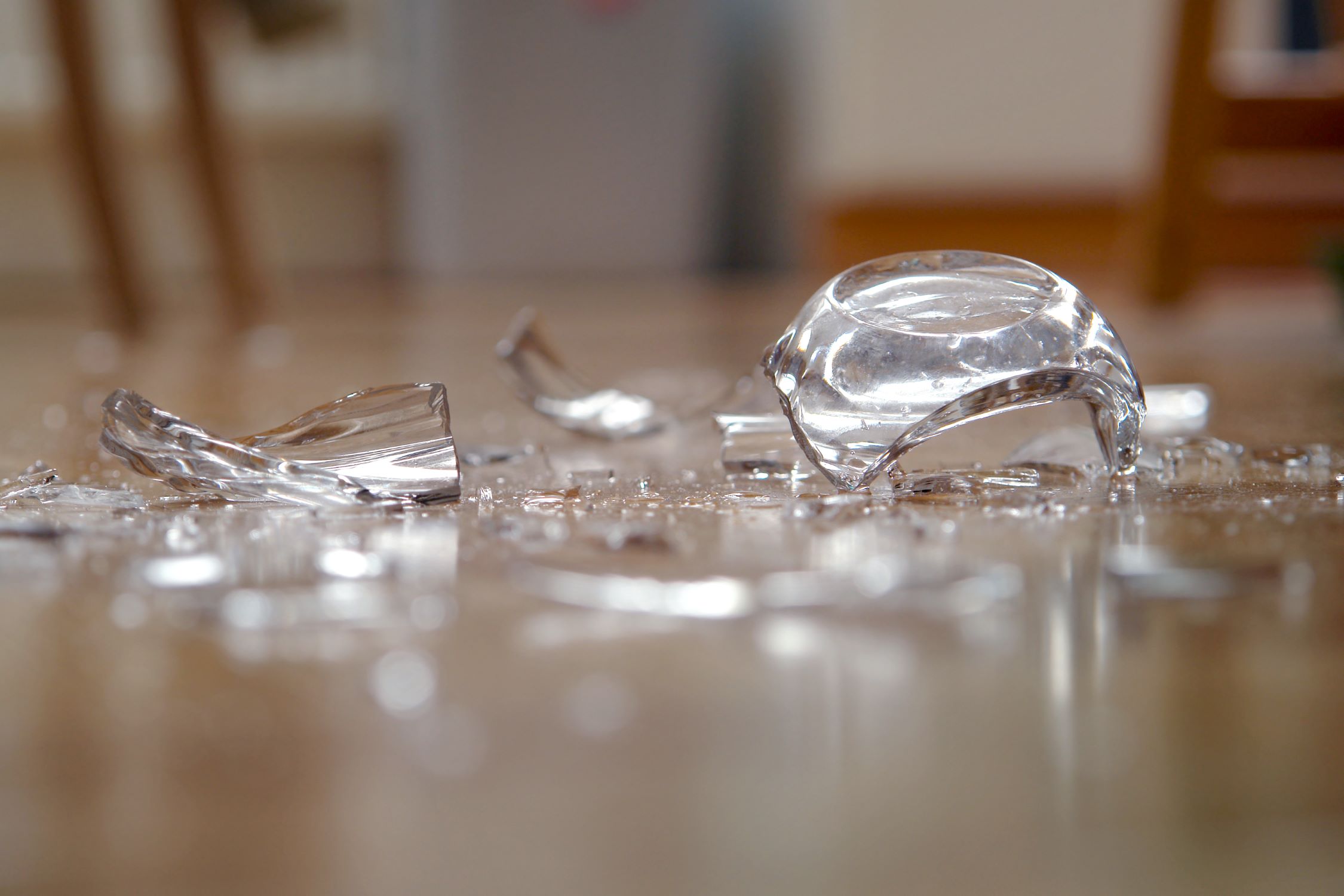
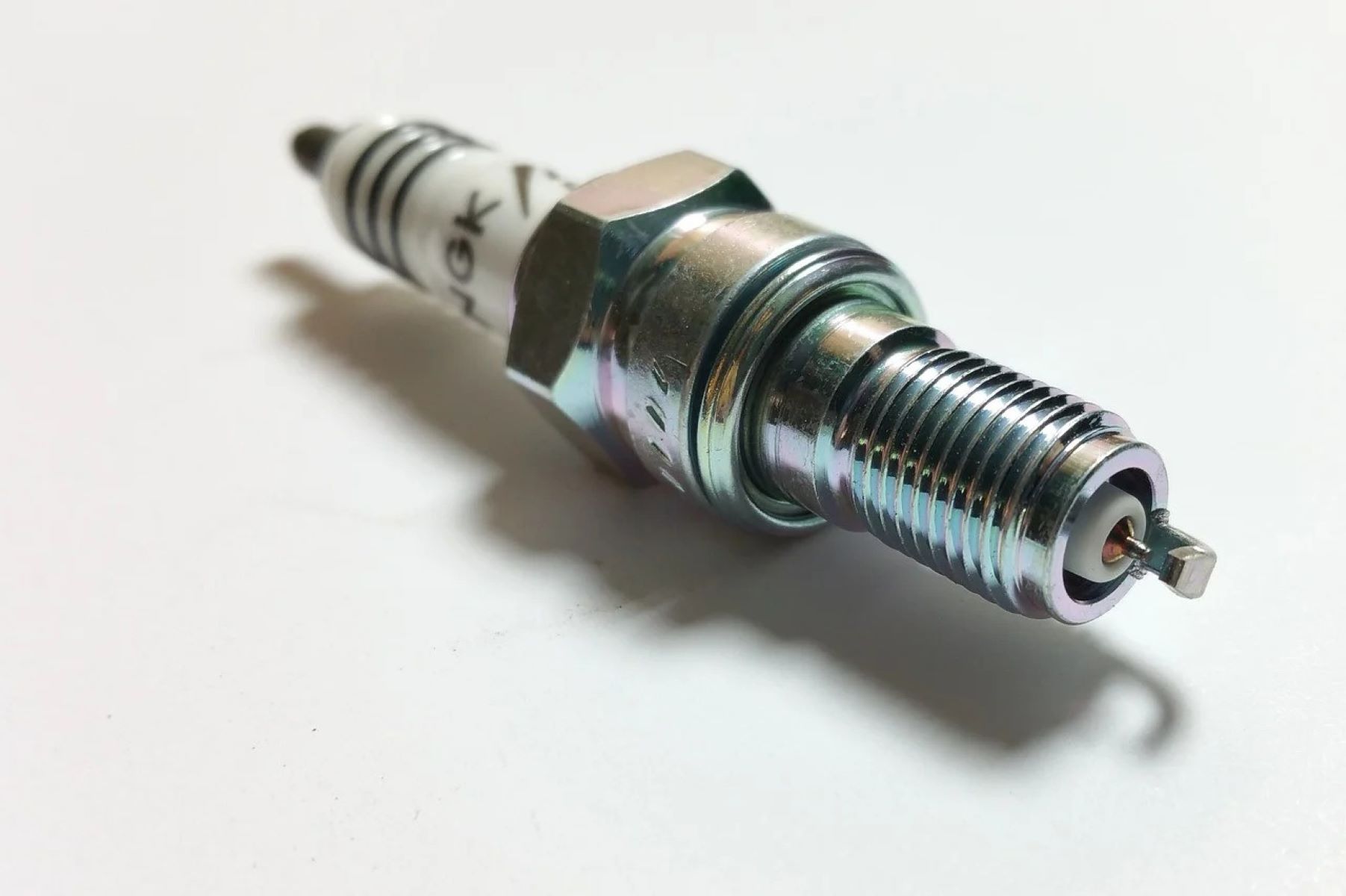
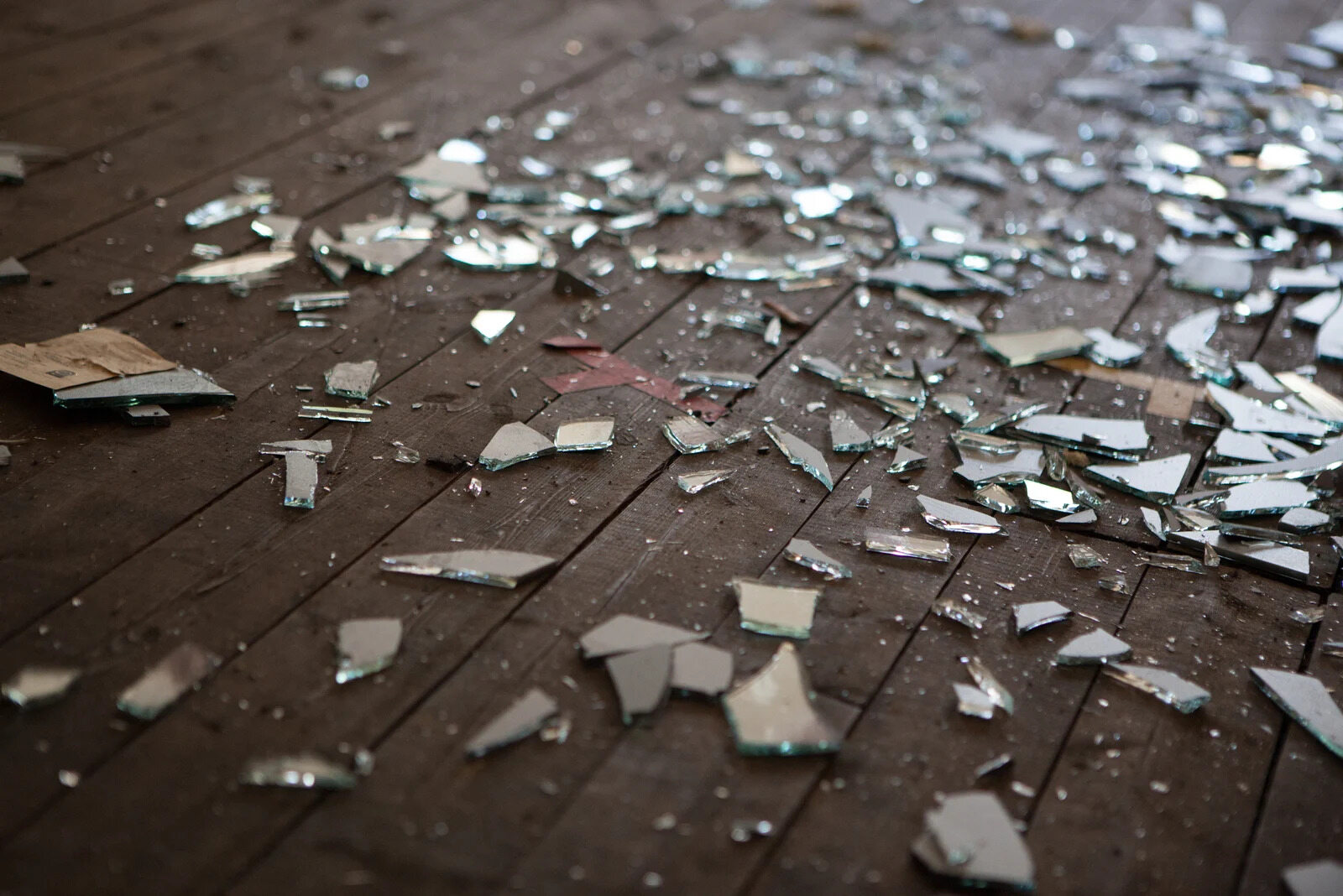




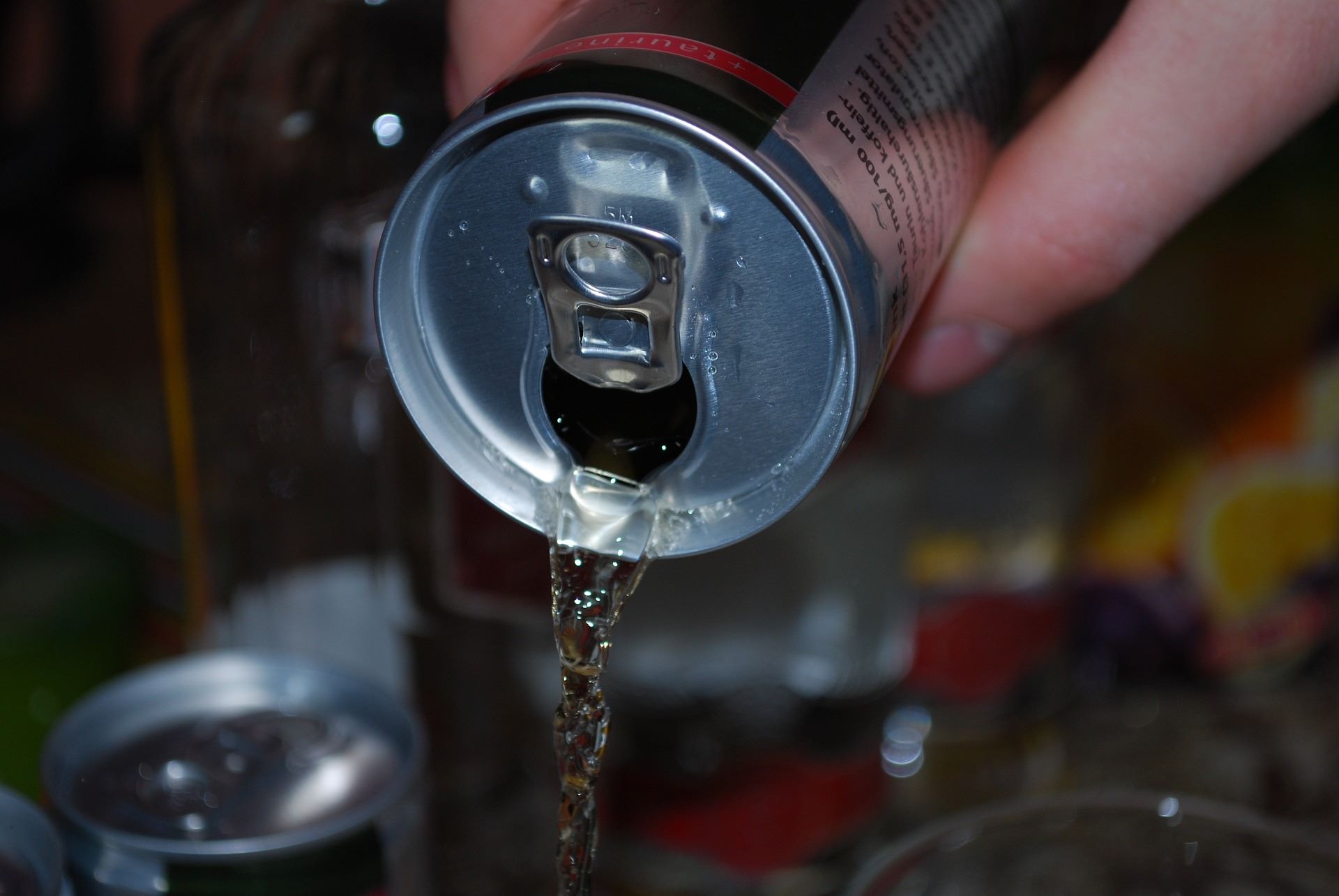

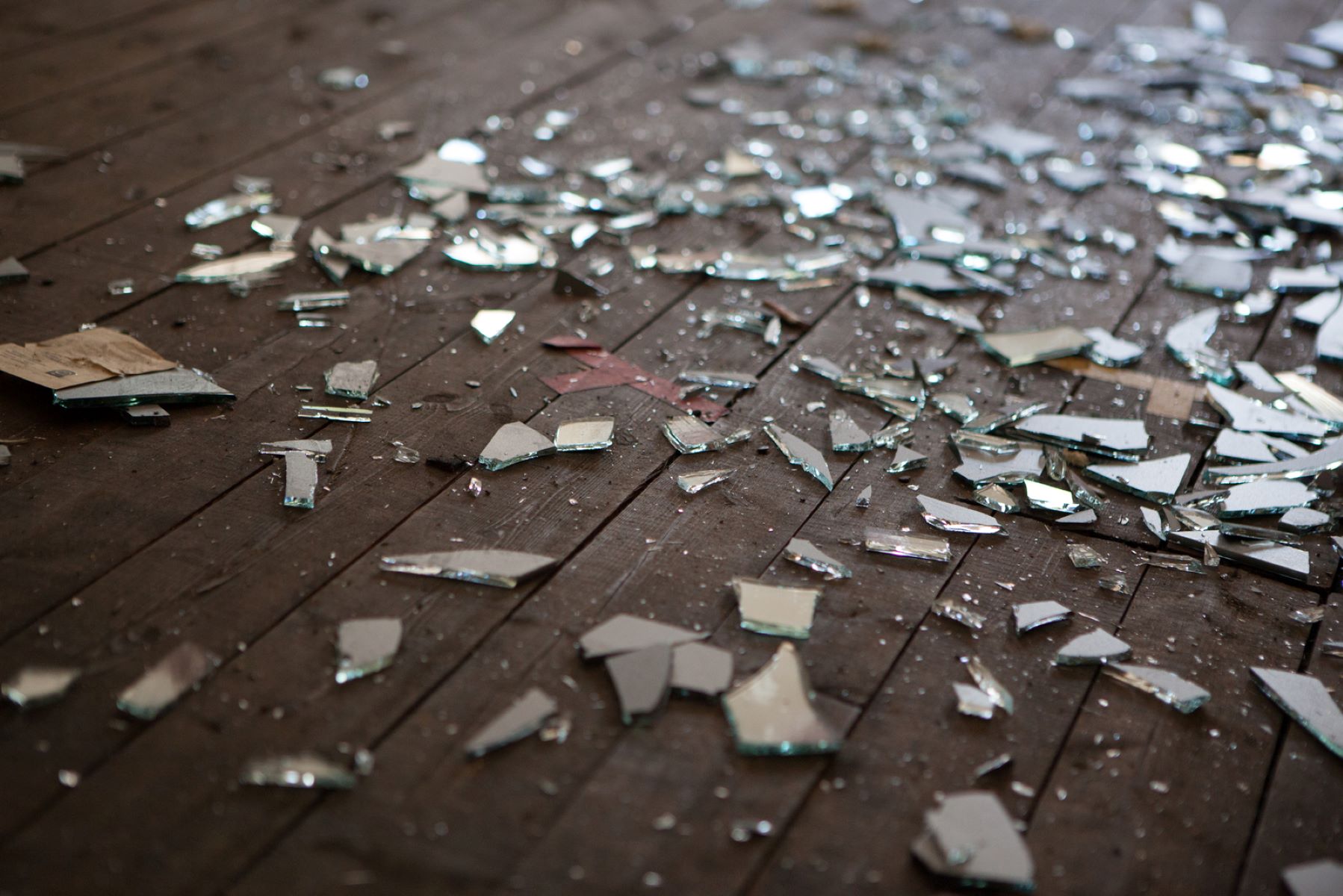
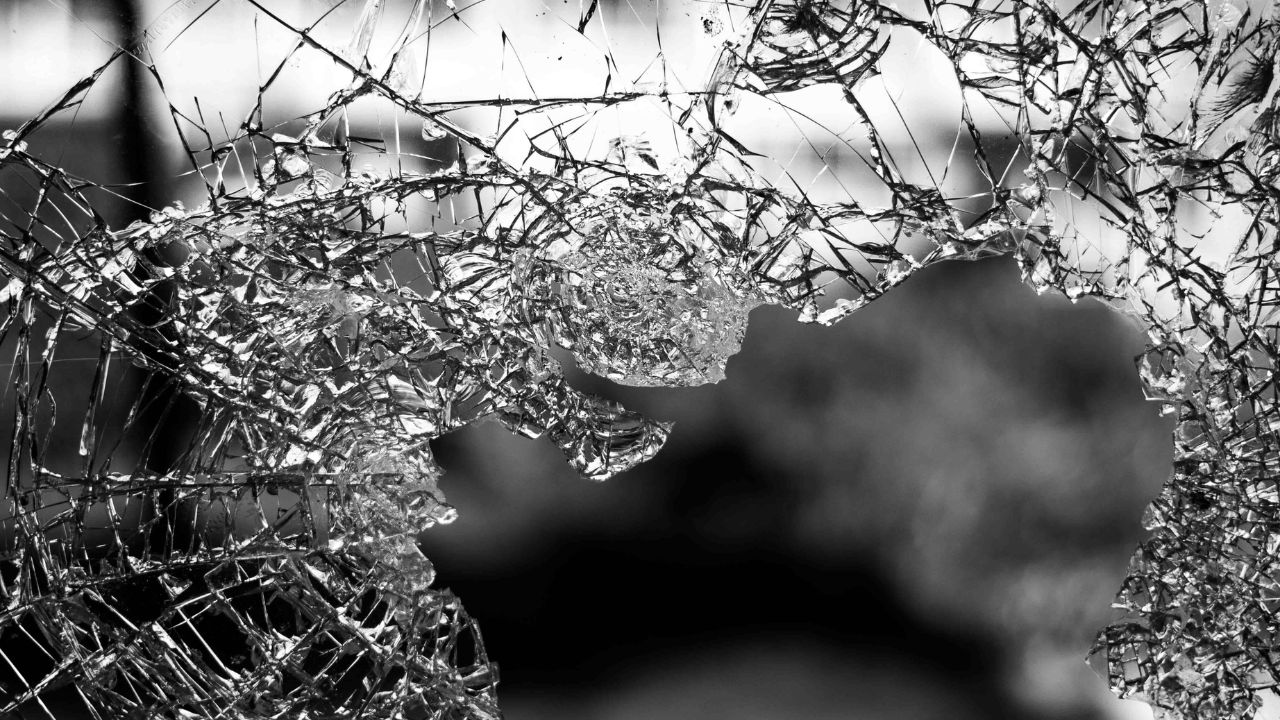
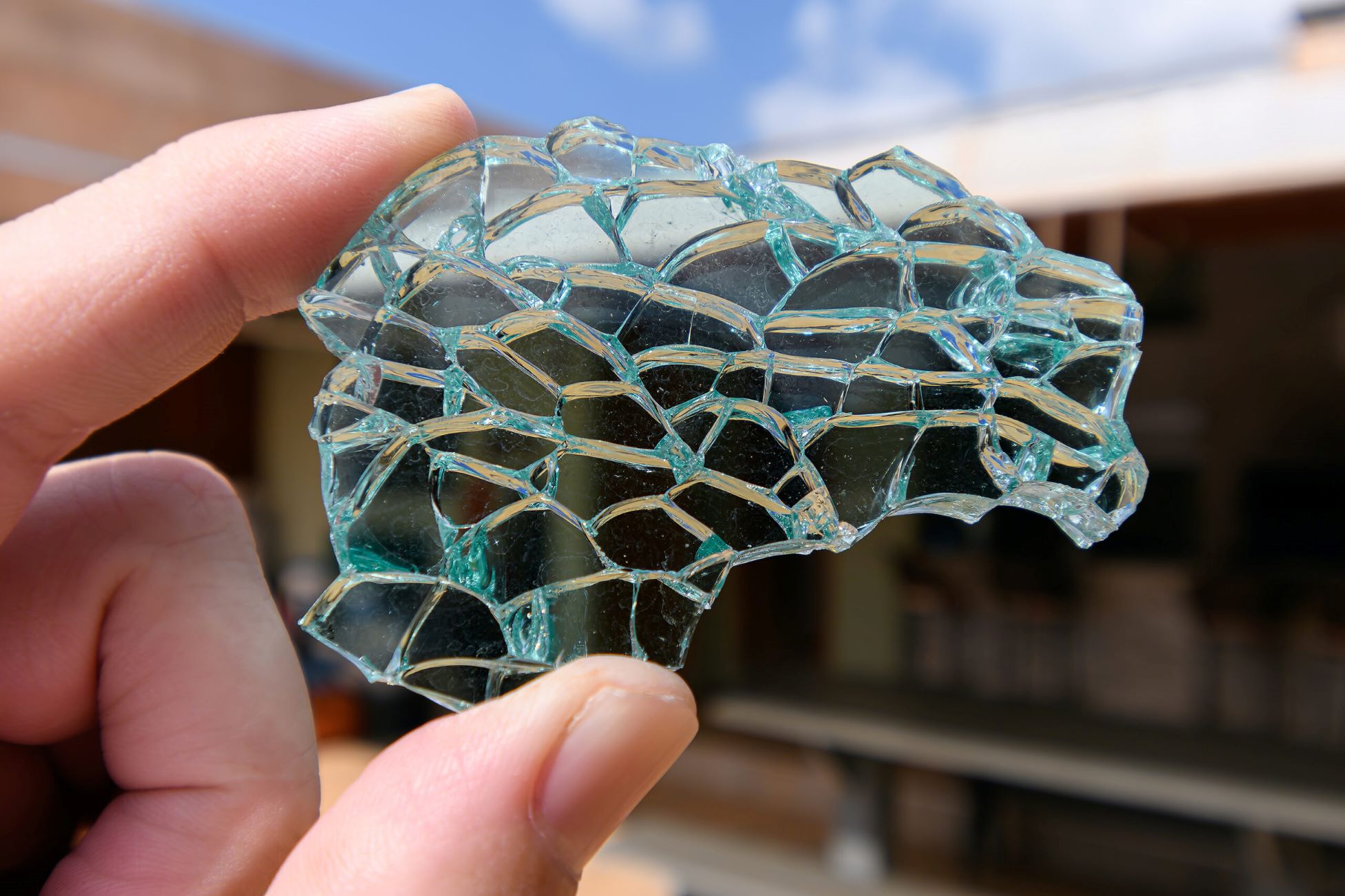
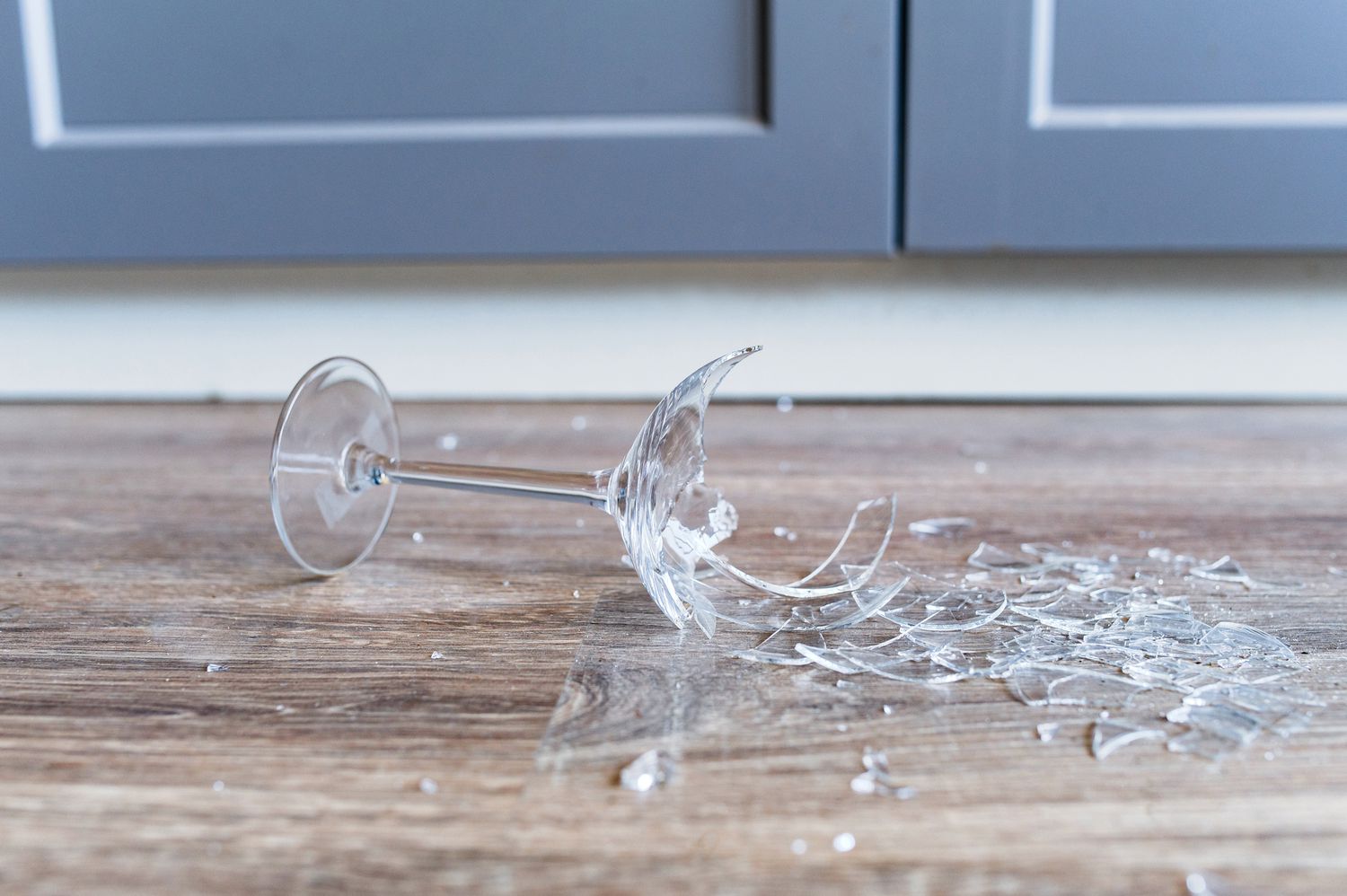


0 thoughts on “Why Does Glass Break When Heated”